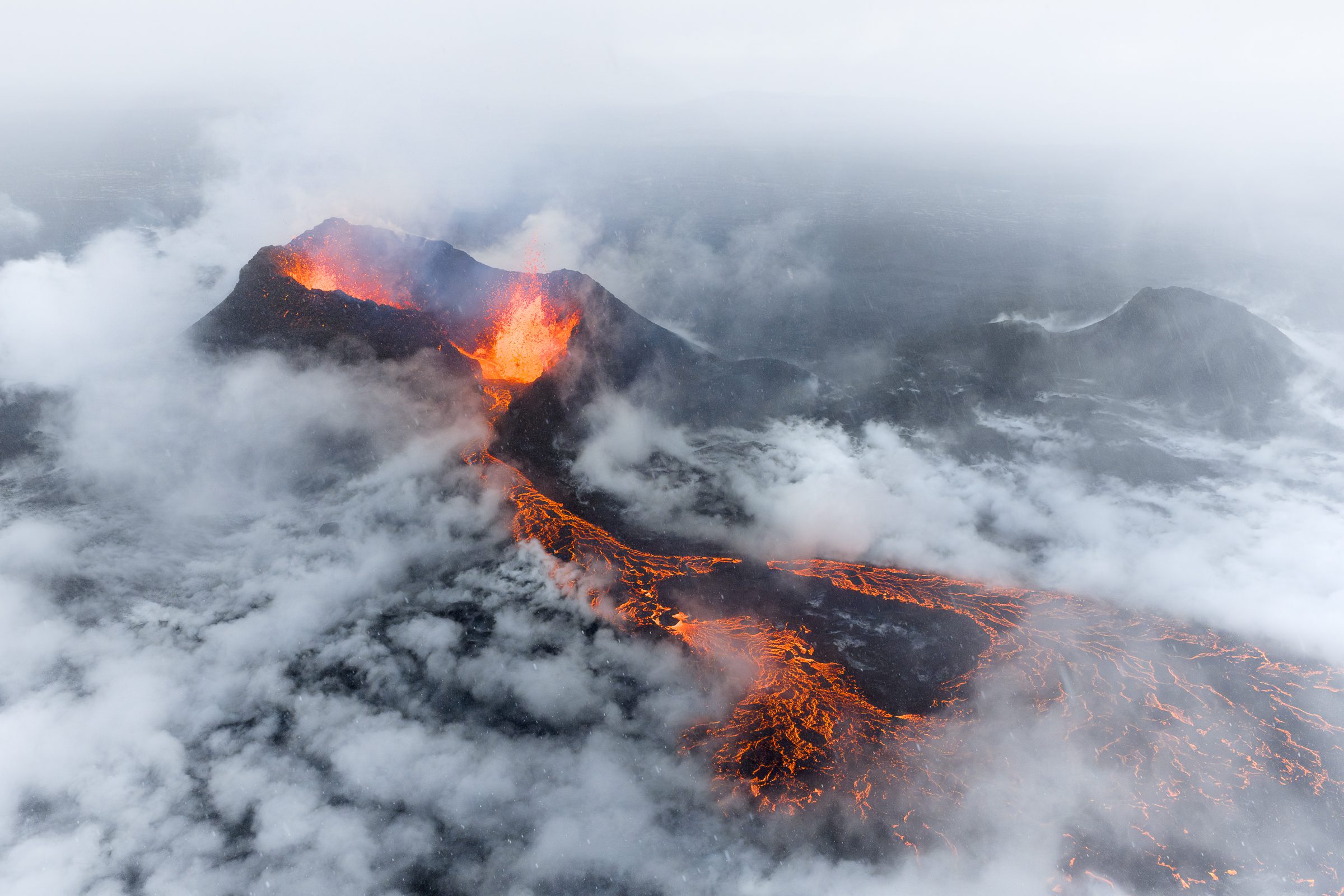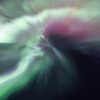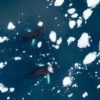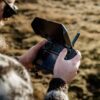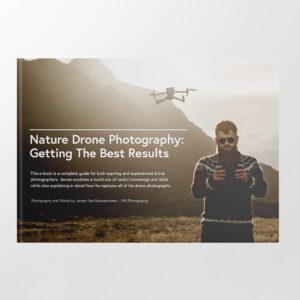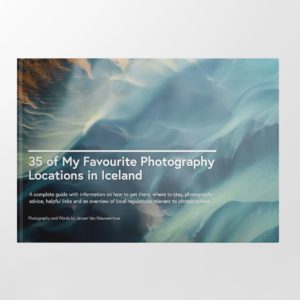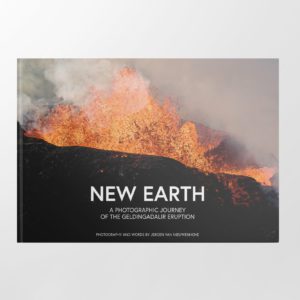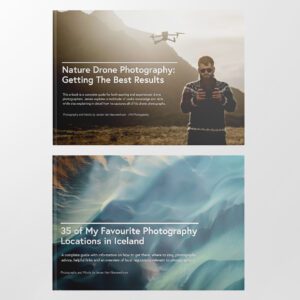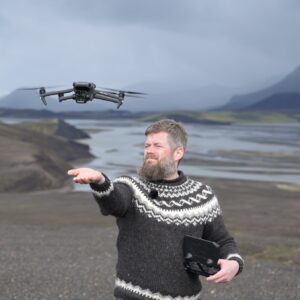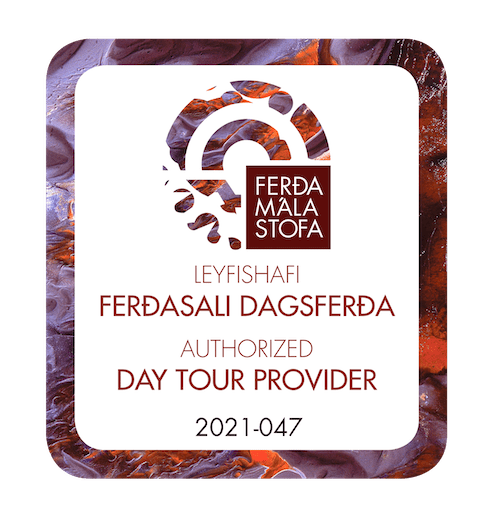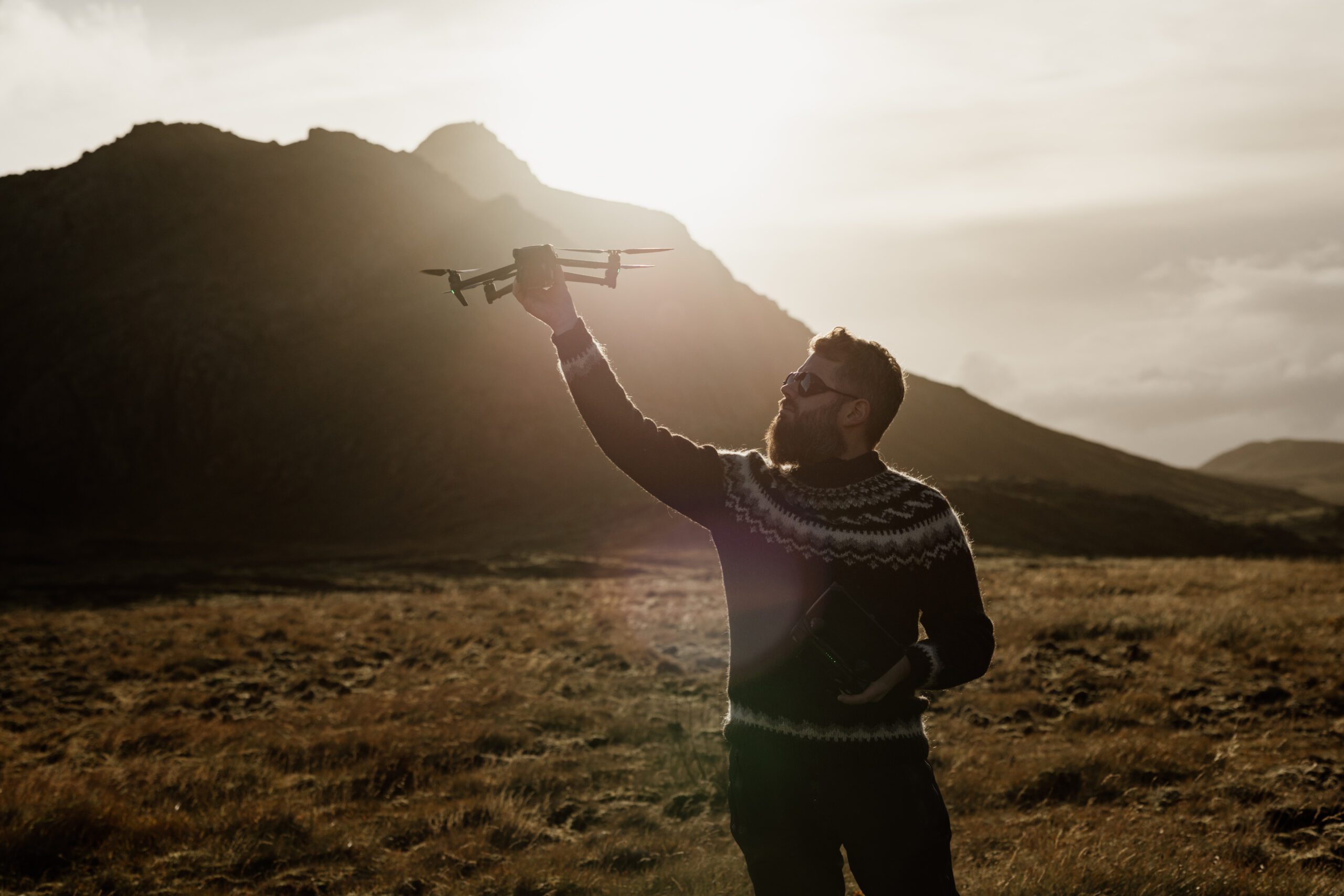During the so-far last Sundhnúkagígar eruption in Iceland, I captured a rare and unforgettable scene where heavy rain met molten lava, creating an otherworldly, steaming landscape. This Behind the Shot story reveals how that moment unfolded and what it took to photograph one of nature’s most dramatic displays.
What Is ‘Behind The Shot’?
To me, photographs are strengthened by having a good story to support them. At its core, photography is the art of capturing memories and those memories deserve to be told & shared. With this new concept I want to tell people that story. I want to share what effort, struggle and sometimes luck is behind the publishing of that single image you might see in your social media feed. Every so often I will be sharing a photograph, or a series of photographs, which has a good story, a deeper meaning or a struggle behind it.
Sundhnúkagígar Number 9, Eruption Number 12
Last July, literally 5 minutes before I woke up to catch a plane and leave for a week-long holiday, a new volcanic eruption began in Iceland. It was both exciting and frustrating. Exciting to see the new eruption just 30 minutes after it began but frustrating that I was probably going to miss this one. When my plane landed and I realised the eruption was far from Grindavík, and therefore not affecting people, I quietly hoped it would still be active by the time I returned from my holiday. Luckily, when I got back home, the eruption at Sundhnúkagígar was still going strong. It was the ninth eruption in this volcanic series, and I jumped straight into documenting it – of course. During the next week, I spent almost every day out there, photographing, filming, and observing the incredible power of nature as fresh lava continued to reshape the landscape of the Reykjanes Peninsula.
Out of all the time spent at this eruption, one moment in particular stands out more than any other for me. That Saturday after I returned to Iceland, it was cold and rainy. It was exactly the kind of day that makes you question your sanity for being outside with a camera. But I was determined to get some more footage so I hiked into the eruption area to get a closer look at the only active vent. It was probably one of the muddiest hikes I had ever done. Pretty much half of the trail was covered in 30 centimeter deep, slippery mud. While the hike wasn’t hard at all, it was difficult to walk. As I arrived at the closest point to the crater, it quickly turned out I made a good call to go. The activity was changing constantly, shifting between two vents in the same crater. At one point, it was even fountaining like it did during the 2021 Geldingadalir eruption.
When I had almost burnt through all of my seven drone batteries, I launched my drone with my final battery so I could go in for a closer look at the lava fountains. When my drone battery was finally running low, I was ready to head back. That’s when suddenly the heavy clouds seemed to burst and an unexpected torrential rainfall began…
Sometimes Everything Just Somehow Aligns
But as I was flying my drone back, I noticed something incredible, something I had never seen before. The heavy rain was hitting the hot lava field so hard that everything began to steam dramatically. Slowly, the entire landscape transformed into a sea of mist. Huge white plumes rose from the scorching hot rock, drifting and swirling in the wind. It was so typical that the conditions became so good whilst I was forced to fly back when my last battery was about to die – or so I thought. I had already forgotten that earlier that afternoon, I had plugged in my battery charging dock into a power bank I was carrying. I was so happy, or should I say ecstatic! As soon as I landed my drone safely, I swapped out the drained battery for my actual last one – which had managed to charge to 48 percent – and sent the drone back toward the crater.
When my drone arrived at the crater again, I was met with one of the most breathtaking scenes I have ever witnessed. A massive cloud of steam was rising from the lava field, wrapping the eruption in a soft, white veil. The fiery glow of the crater flickered through the mist, creating a surreal, almost dreamlike atmosphere. It felt like the landscape was alive, constantly changing before my eyes.
I filmed and photographed until the very last moment, pushing the limits of the drone as far as I dared. When the battery finally hit ten percent, I knew it was time to bring it home. As the drone returned, the crater disappeared completely into the thick steam. I packed up my drone while the torrential rain had also made its way to my vantage point. I was soaking wet without minutes. I hiked back through the rain, soaked and covered in mud, but with the biggest smile on my face. My heart was racing with excitement. I felt completely fulfilled, knowing I had captured something truly special: a rare and fleeting moment where rain, lava, and steam came together to reveal one of the most incredible scenes I had ever witnessed after almost 5 years of photographing eruptions.
The photographs below are a handful of what I managed to capture during this incredible moment.
Support Jeroen’s Work
As an independent photographer, Jeroen partially relies on your support to keep producing worthwhile content such as blogs, photographs, books and much more. If you want to support his work, it is possible to do so by buying his e-books & books, prints or calendars.
You can also sign up to the newsletter to stay up to date on new blog posts, projects, workshops and other interesting information.
Thank you for considering!

